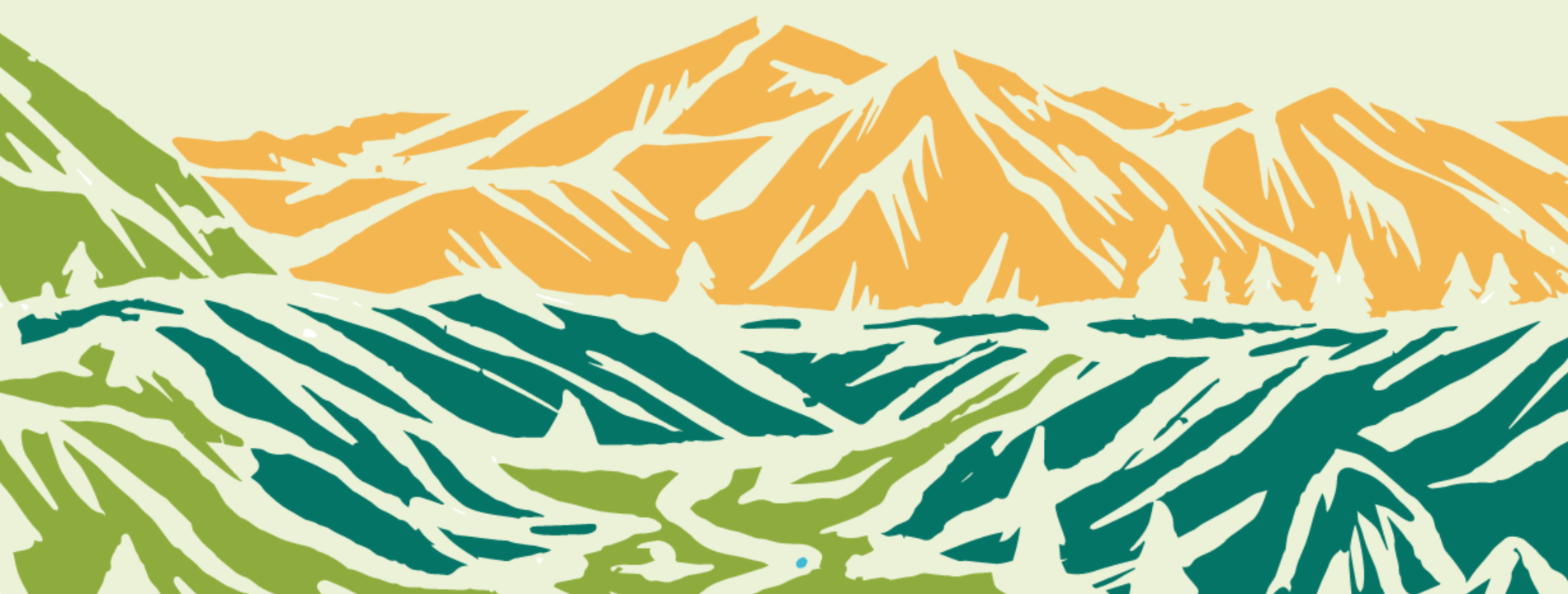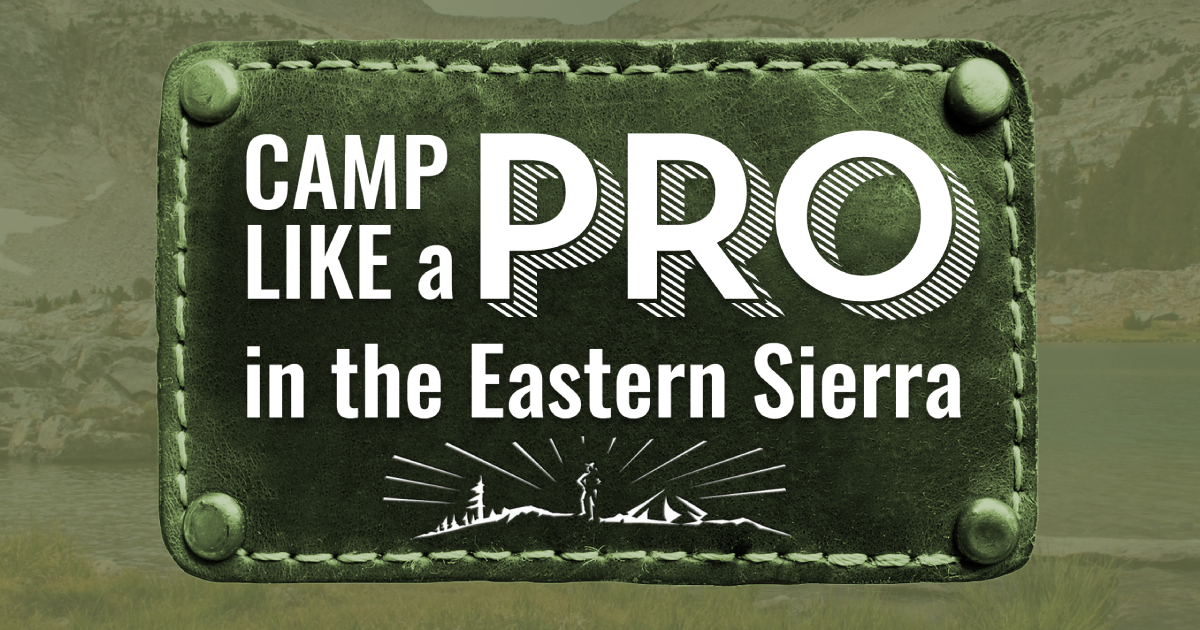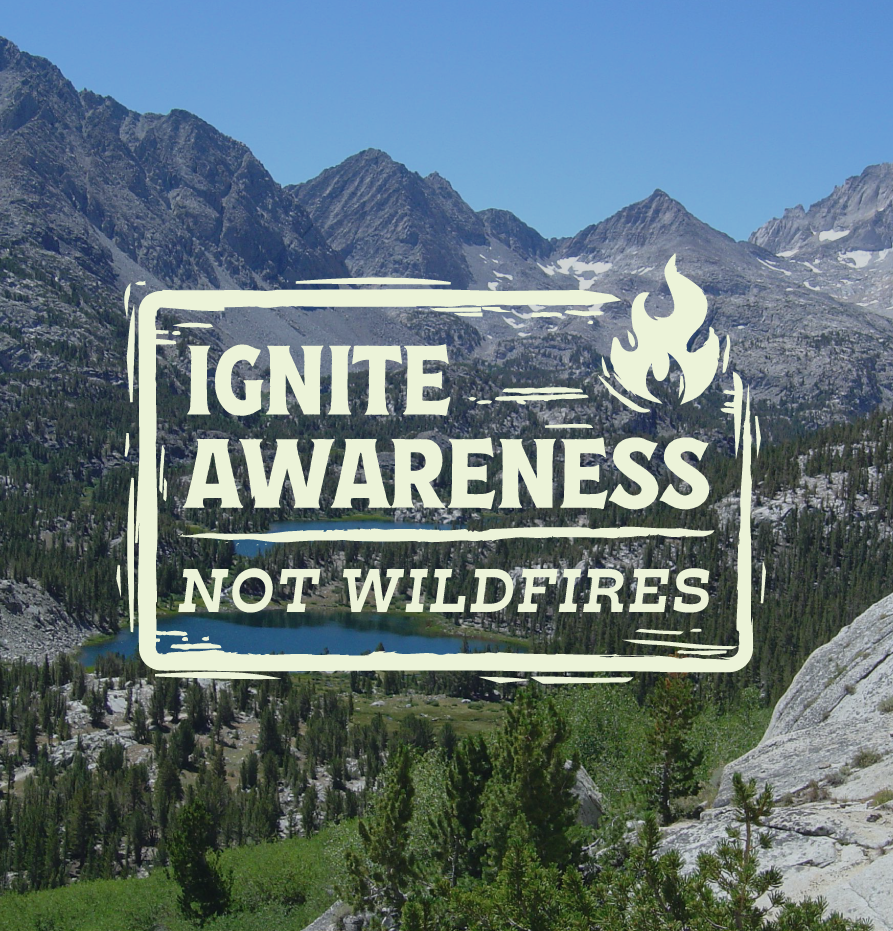
IGNITE ADVENTURE. IGNITE RESPECT. IGNITE CONNECTION.
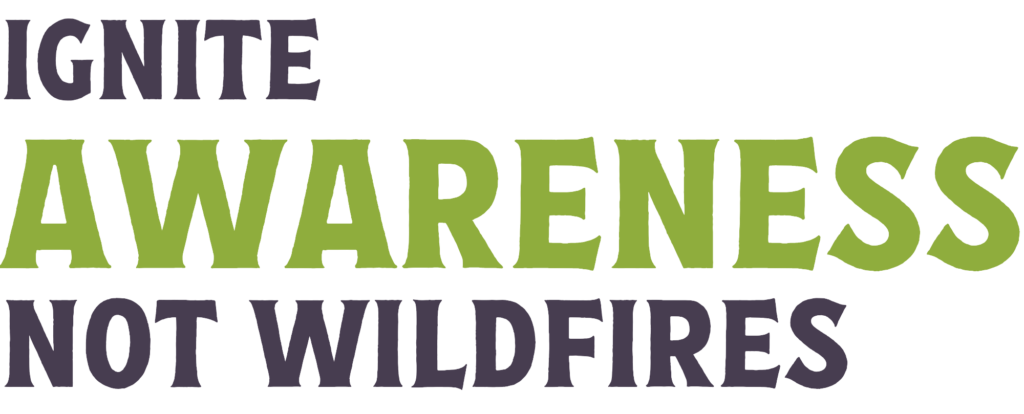
Ignite Awareness, Not Wildfire is your starting point for understanding local wildfire risk and your role in reducing it. Whether you live here, work here, or are just passing through, the choices you make shape the future of this place.
Dive in, get informed, and be part of the solution.
Want to learn more? Explore these topics below.


Igniting respect means taking the time to know the place you’re in—its people, its history, and its rhythms. The Eastern Sierra is more than a destination- it’s a home. You’re sharing space with generations of roots, stories, and ecosystems. Every thoughtful choice deepens your connection and helps the Eastern Sierra thrive.
The Eastern Sierra Is at Risk — Here’s Why
Overgrown Forests
Drought, warming temperatures, and more than a century of fire suppression have caused many forests in the Eastern Sierra to become unnaturally dense. Dead trees, dry brush, and closely packed stands create dangerous, fuel-heavy conditions.
Instead of low, restorative burns that benefit the ecosystem, these forests are now vulnerable to fast-moving wildfires that can be hard to control and devastating to communities and wildlife.
Learn More About Forest Health
Winds That Drive Fire
Wind amplifies fire risk across the Eastern Sierra. The region’s terrain accelerates gusts, turning small sparks into fast-moving fires. Wind-driven fires spread quickly, jumping roads, trails, and containment lines. Before you light anything — even a stove or cigarette — ask yourself: Is it windy? Could this blow out of control?
Always check conditions and follow local fire restrictions.
Check Fire Weather Warnings
Delicate Sagebrush Ecosystems
Sagebrush habitats, home to species like the Bi-State sage-grouse, are highly fire-sensitive. Wildfires in sagebrush can spread very quickly, and recovery is slow, often leading to irreversible damage. Burned areas are often overtaken by invasive species like cheatgrass, creating a vicious cycle. These grasses are extremely flammable- they dry out early in the season, burn more frequently, and grow rapidly. This can push slow-growing sagebrush out for good and degrade wildlife habitat.
If you’re in sagebrush country, consider the risk. When in doubt, don’t spark anything at all.
Learn More About Sagebrush
Local Communities & Fire Response
The Eastern Sierra is home to nearly 32,000 people. A wildfire can disrupt everything, destroying homes, businesses, and vital infrastructure. Most of our local fire departments rely on volunteers who are stretched thin across vast areas. Your actions matter.
Whether you live here or visit, reducing fire risk can help protect these communities and their way of life.
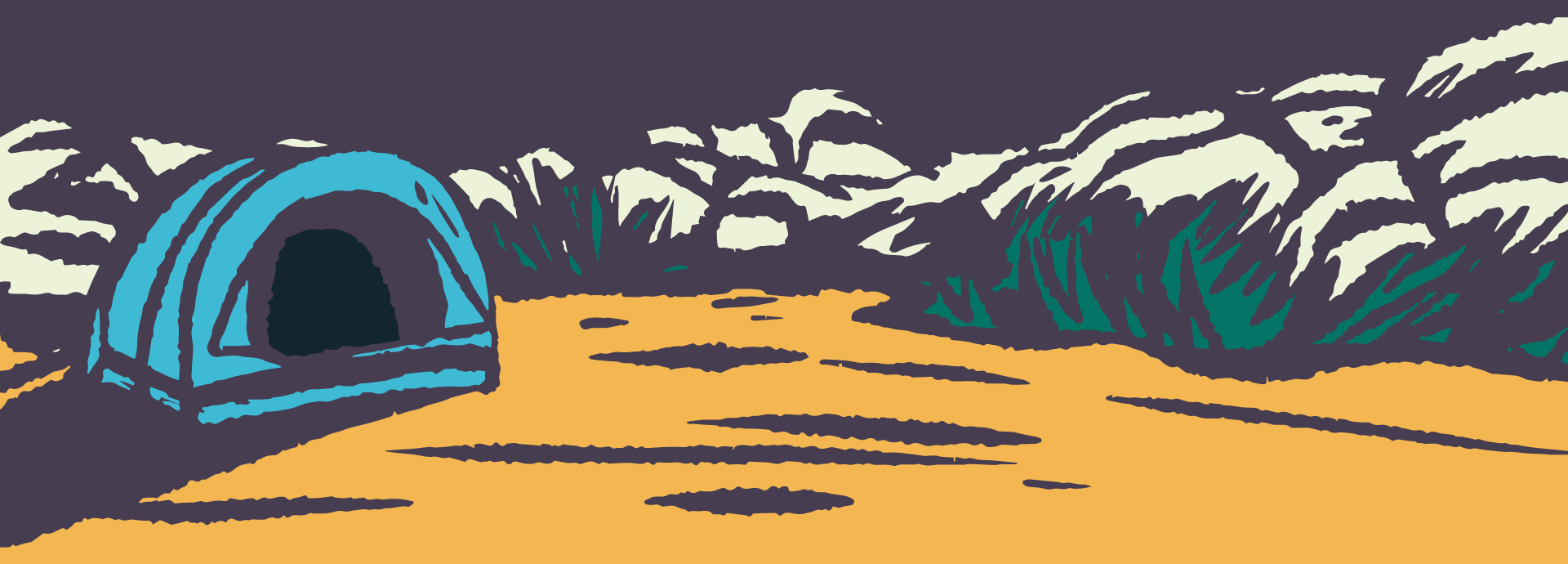


Igniting adventure means exploring with curiosity and care—whether you’re hiking high ridges or camping under the stars. Wildfire risk is real here, and responsible recreation helps keep the adventure going for everyone, now and into the future.
CAMPFIRE SAFETY
A campfire outdoors is a classic experience—but out here, one stray ember can spark disaster. In the dry, windswept Eastern Sierra, wildfire risk is always high. Opt out of your campfire- enjoy the stars! If you do build a fire, always check for fire restrictions first and make sure you’re taking these precautions:
Current fire restrictions:
Get a campfire permit
Campfire permits are required for the use of open fires, stoves, or BBQs. Obtain one here.
Check and respect fire restrictions
Fire restrictions come into place when wildfire risk is high and restrictions vary depending on your location. Make sure to check if campfires are currently allowed where you are.

Look for Red Flag Warnings
Wind, low humidity, and warm temperatures increase the risk of wildfires. Always check for Red Flag Warnings that are triggered when these conditions are forecasted.

Pack a fire extinguisher, shovel, and water
Always bring the necessary tools to safely extinguish your fire: a fire extinguisher, enough water to put it out and a shovel to stir the coals. Before you walk away, always make sure your campfire is cold to the touch.
Never leave unattended
Unattended campfires are responsible for over 5% of human-caused wildfires. Wind can carry embers long distances and smoldering campfires can reignite- starting wildfires you might not know you’re responsible for.
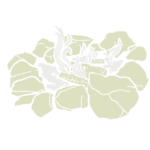
Use established fire rings
Build fires in established fire rings with a perimeter of bare dirt- 5′ on BLM and 10′ on Forest Service land. Never cut or remove vegetation to establish a fire ring. Keep your fire small and manageable, using only wood that is forearm-sized or smaller.

Drown, stir, repeat
Fully drown your fire with water (sand and dirt are not enough) until the ashes are cold to the touch. Coals and ashes can stay hot for hours, or even days. Hidden embers can reignite and easily ignite nearby dry grass, pine needles, leaves, and even buried roots.
Opt for camp stoves
Use camp stoves instead of open fires when possible. They are safer and reduce fire risk, just make sure your stove is set up at least 5 feet from flammable materials to prevent accidental fires

See something, say something
Report risky fire behavior to 911 or a ranger. If you spot smoke or flames, report them immediately. Early detection is crucial in preventing large wildfires and protecting our forests.
VEHICLE SAFETY
Your vehicle is your gateway to adventure, but it can also be a fire hazard. Hot engines, dragging trailer chains, or sparks from exhaust systems can easily ignite dry grass and brush.
One tiny spark can evolve into a fast-moving wildfire. That’s why it’s important to take a few quick precautions:

Care for your vehicle
Before hitting the road or trail, make sure your vehicle is in top shape; check your fluids, brakes, and engine. Cars and Off-highway Vehicles (OHVs) can overheat or throw sparks, especially if they’re older or not maintained. And don’t forget—spark arrestors are required on all OHVs to help prevent wildfires.

Stay on trails
Parking or driving on vegetation damages plants and creates a fire hazard. Exhaust systems can reach temperatures over 1,000°F, easily igniting dry grass and brush.
Carry a fire extinguisher and shovel
Always carry a fire extinguisher and a shovel with you in case of an accidental fire. Shovels should be at least 24 inches long and 6 inches wide, with a steel blade. Carry a bucket or a similar container (a helmet can replace the bucket) to hold water.

Keep chains up and secure
Loose or dragging trailer chains can strike rocks or pavement, creating sparks that can quickly ignite roadside vegetation—especially in hot, dry conditions. If you’re towing, make sure chains are tight and secured.
TARGET SHOOTING SAFETY
Firearms can spark fires. Bullets can get extremely hot on impact, and metal fragments landing in dry grass or brush can easily ignite a wildfire. Here’s how to keep it safe:

Skip the shots on hot days
If it’s hot, dry, and windy, it’s a good day to opt out: fire risk is just too high.

Aim away from vegetation
Always shoot into a solid, non-flammable backstop made of mineral soil (like dirt or rock) and make sure there’s no dry grass, leaves, or debris within 20 feet of your target area.

Bring the essentials
Always have water, a shovel, or a fire extinguisher nearby—just in case.

Stay alert after you shoot
Check the area and your backstop for any smoke, smoldering, or signs of heat. A quick check can stop a fire before it starts.



Igniting connection means taking action not just for your home, but for your whole community. In the Eastern Sierra’s wildland urban interface, embers can travel more than a mile—and wildfire risk crosses property lines. Creating defensible space and hardening your home are powerful ways to reduce risk and strengthen the places we all care about.
Defensible Space Keeps Wildfire at a Distance
Creating a buffer around your property is crucial to slowing or stopping the spread of wildfire and provides a safer environment for firefighters to defend your home. Defensible space zones describe actions to take on the first 100 feet from your home to remove ember catchment areas, reduce opportunity for radiant heat ignition, and eliminate pathways for a wildfire to burn directly to the home.
Learn about the defensible space zones
Home Hardening is Key for Defending Your Structure
Home hardening refers to improvements you can make to a structure using fire-resistant materials to fortify ignition-prone areas and improve survivability. Examine ways your home may be vulnerable to embers entering your home through gaps or where embers may collect and ignite.
Learn home hardening strategies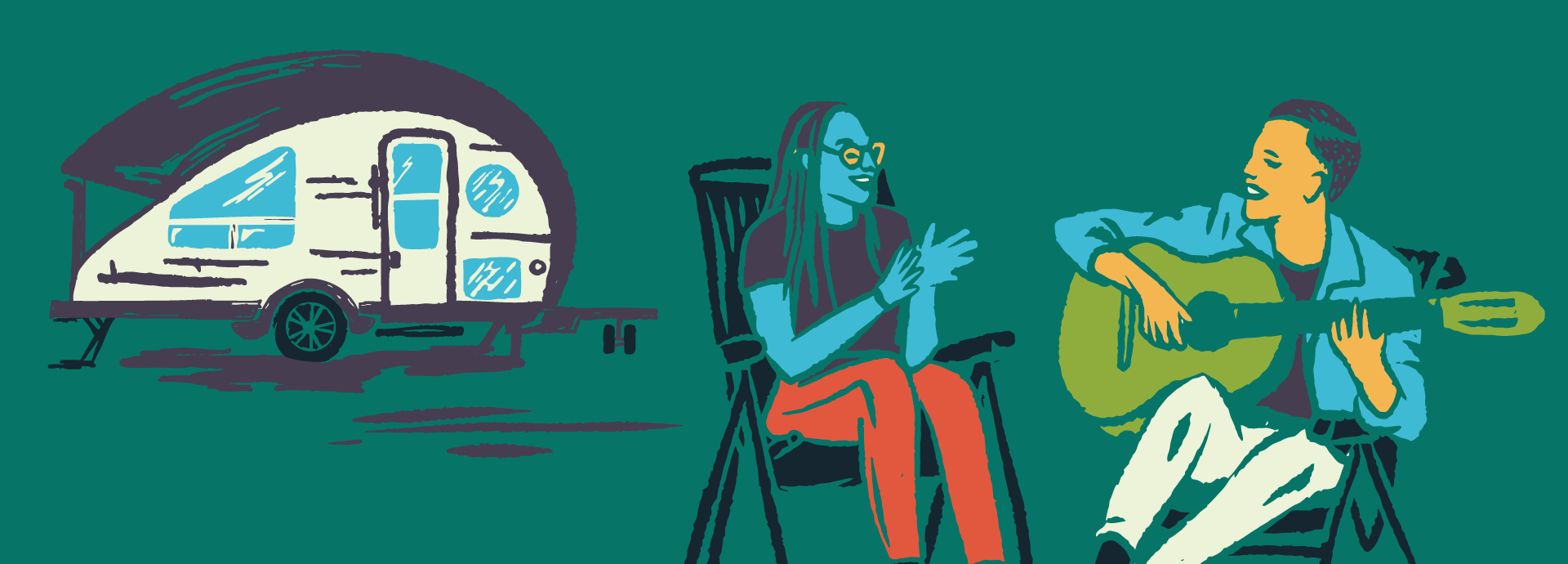
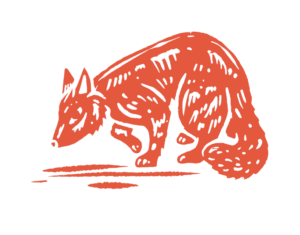


Learn about good fire and cultural burning practices from the North Fork Mono tribe.
